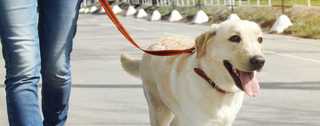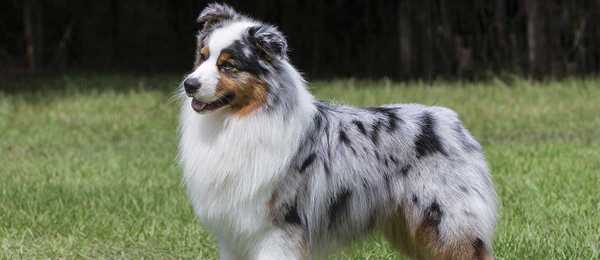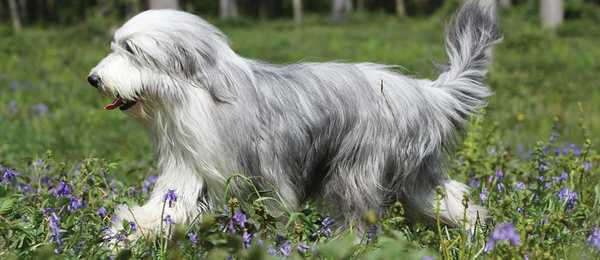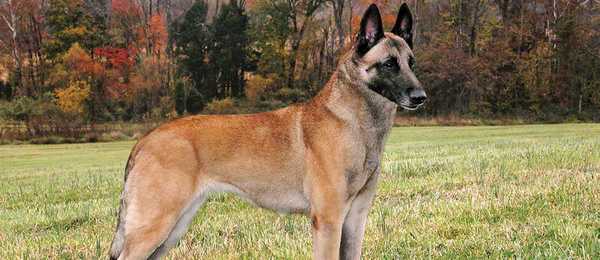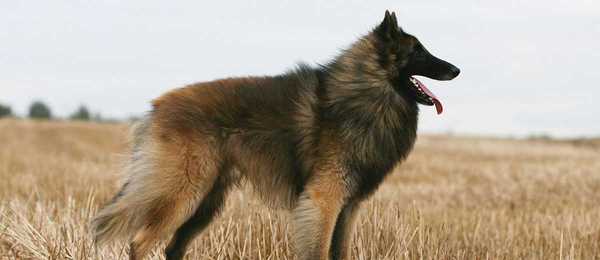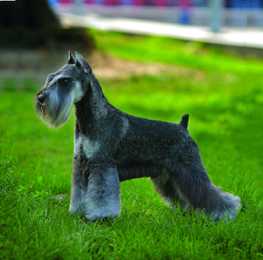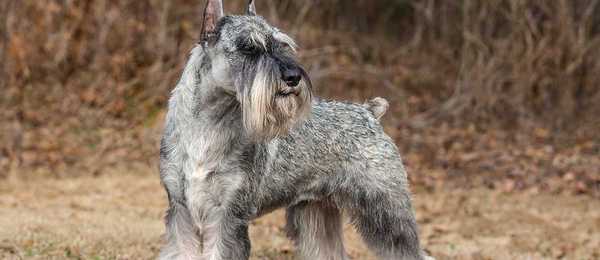
Traits and Characteristics
type
weight
height
family
This is a larger, more powerful version of the Standard Schnauzer. Their body is strong, compact, and nearly square, combining great power with agility. The stride is free and vigorous, with good reach and drive. Their double coat consists of a soft undercoat and a harsh, wiry, dense outer coat, a combination that once enabled them to withstand harsh, alpine conditions. Their hallmark beard and eyebrows, coupled with their smart outline, make a striking figure.
Ready to see what dogs fit you best? Take our short quiz to find out!
Energy Level
Exercise Requirements
Playfulness
Affection Level
Friendliness to Dogs
Friendliness to Other Pets
Friendliness to Strangers
Watchfulness
Ease of Training
Grooming Requirements
Heat Sensitivity
Vocality
Disclaimer: While the characteristics mentioned here may frequently represent this breed, dogs are individuals whose personalities and appearances will vary. Please consult the adoption organization for details on a specific pet.
Temperament
The playful, rambunctious Giant Schnauzer may be too boisterous for small children, even though they are otherwise very good with children in their own family. They are bold and loyal to their family and reserved with strangers. They may be assertive toward other dogs. This intelligent and exuberant breed is a good choice for an active person wanting a partner in adventure, although at times the Giant may try to be the leader.
Upkeep
The Giant Schnauzer needs daily exercise and daily fun. Their exercise requirements can be met with vigorous games and long hikes or walks. Their harsh coat needs combing once or twice weekly, plus shaping two to four times yearly. Shaping is best done by a professional groomer.
Health
- Major concerns: CHD
- Minor concerns: OCD, gastric torsion, hypothyroidism
- Occasionally seen: PRA, cataract
- Suggested tests: hip, thyroid, eye
- Life span: 10–12 years
History
The Giant Schnauzer originated in the countryside of Bavaria and Wurrtemburg. Cattlemen there were impressed by the smaller Standard Schnauzer, and sought to emulate them on a larger scale that would be suitable for driving cattle.
It is likely, though not documented, that they crossed the Standard Schnauzer with their larger smooth-coated cattledriving dogs in an attempt to create a wire-haired drover. Later crosses with rough-coated Sheepdogs and the Great Dane and Bouvier des Flandres probably occurred, and even crosses with the black Poodle, Wolf Spitz, and Wirehaired Pinscher have been suggested.
The result was a weather-tolerant, smart-looking dog capable of handling cattle, then known as the Munchener. They later became more popular as butcher’s or stockyard dogs.The dogs maintained a low profile, with little exposure until just before World War I, when it was suggested that they could be trained as police dogs.
They have gained more headway as a pet in recent years, however, and now enjoy modest popularity in America.
